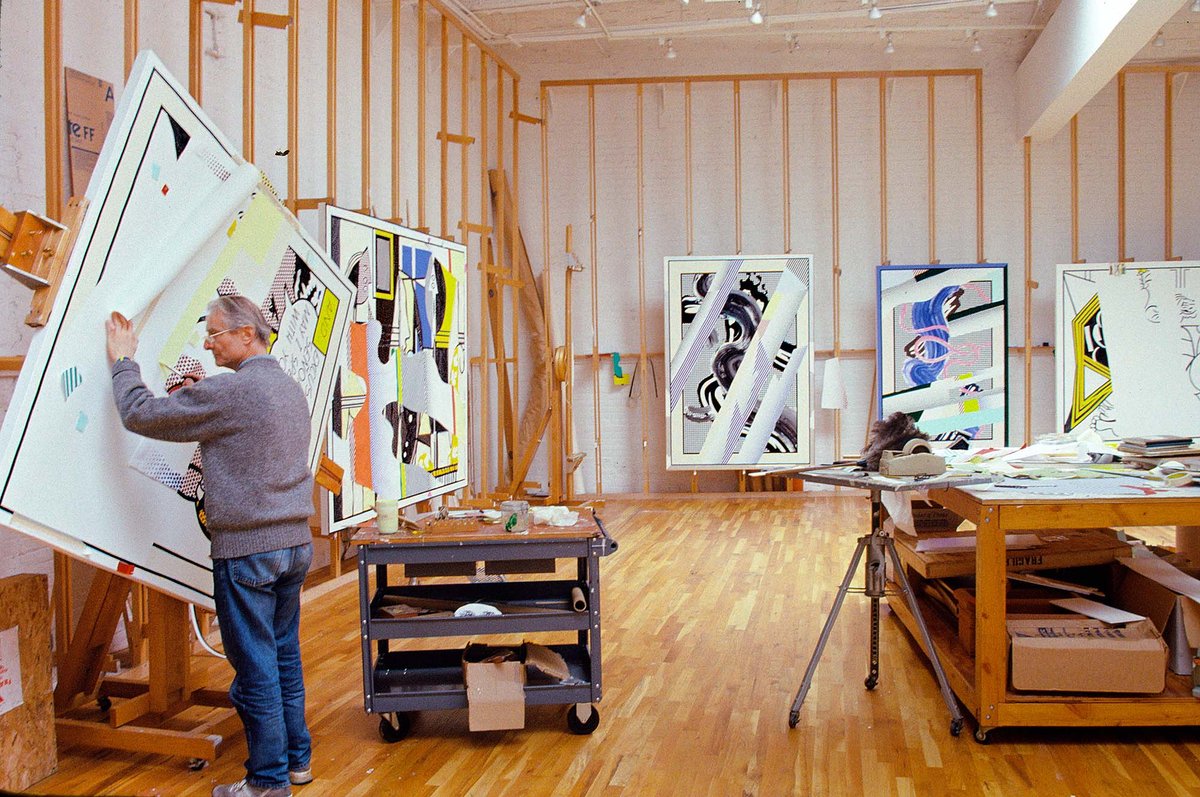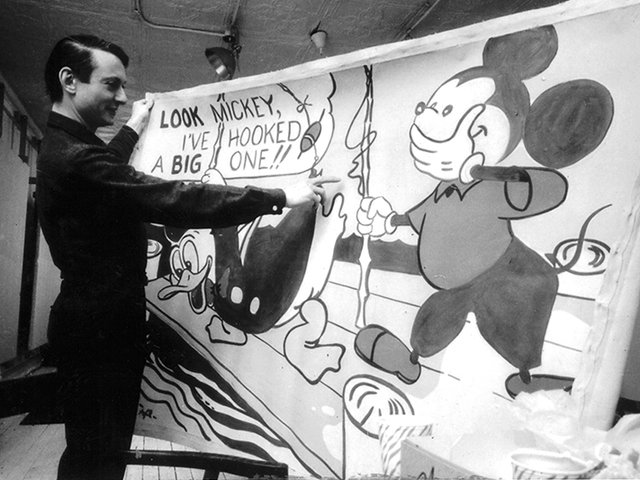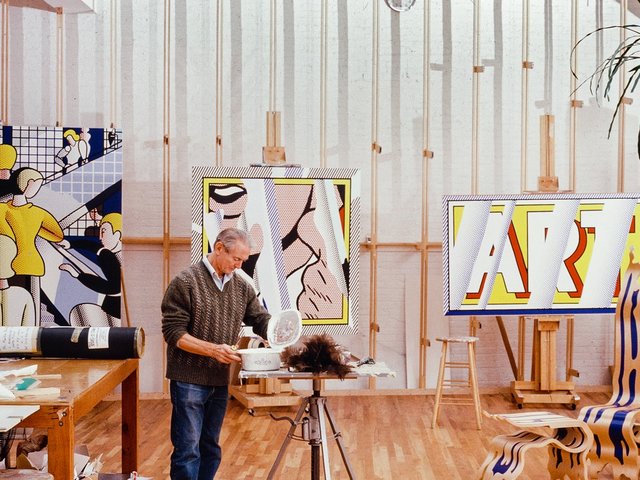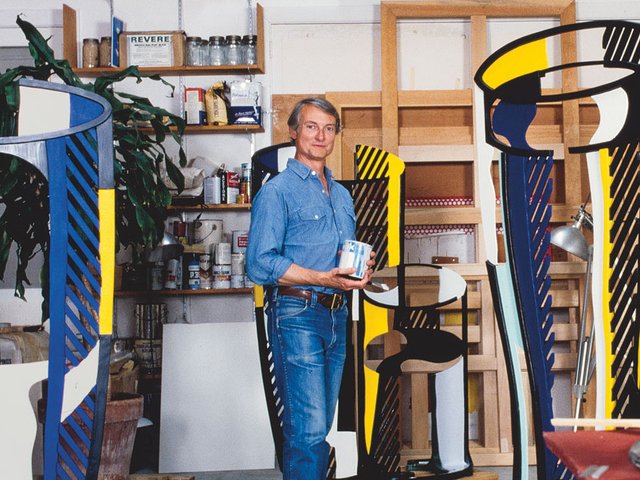The Manhattan home and studio of celebrated Pop artist Roy Lichtenstein will become an outpost of the Whitney Museum, after the artist’s widow, Dorothy Lichtenstein, donated it to the institution. The building has served as a base of operations for the Roy Lichtenstein Foundation since the artist’s death in 1997.
Beginning next year, following a renovation of the 9,000 sq. ft building, it will host the Whitney’s revered Independent Study Program (ISP), a scholarly programme operated by the institution whose alumni include everyone from New York Times art critic Roberta Smith and Guggenheim Museum chief curator Naomi Beckwith to artists such as Andrea Fraser, LaToya Ruby Frazier and Felix Gonzalez-Torres. It will be the first time the ISP has a permanent home after moving between assorted leased locales since its 1968 founding.
“I can’t think of a more meaningful use for the studio than for the Whitney to carry his legacy far into the future, building on and expanding the role of the foundation in supporting contemporary art and artists,” Dorothy Lichtenstein said in a statement.
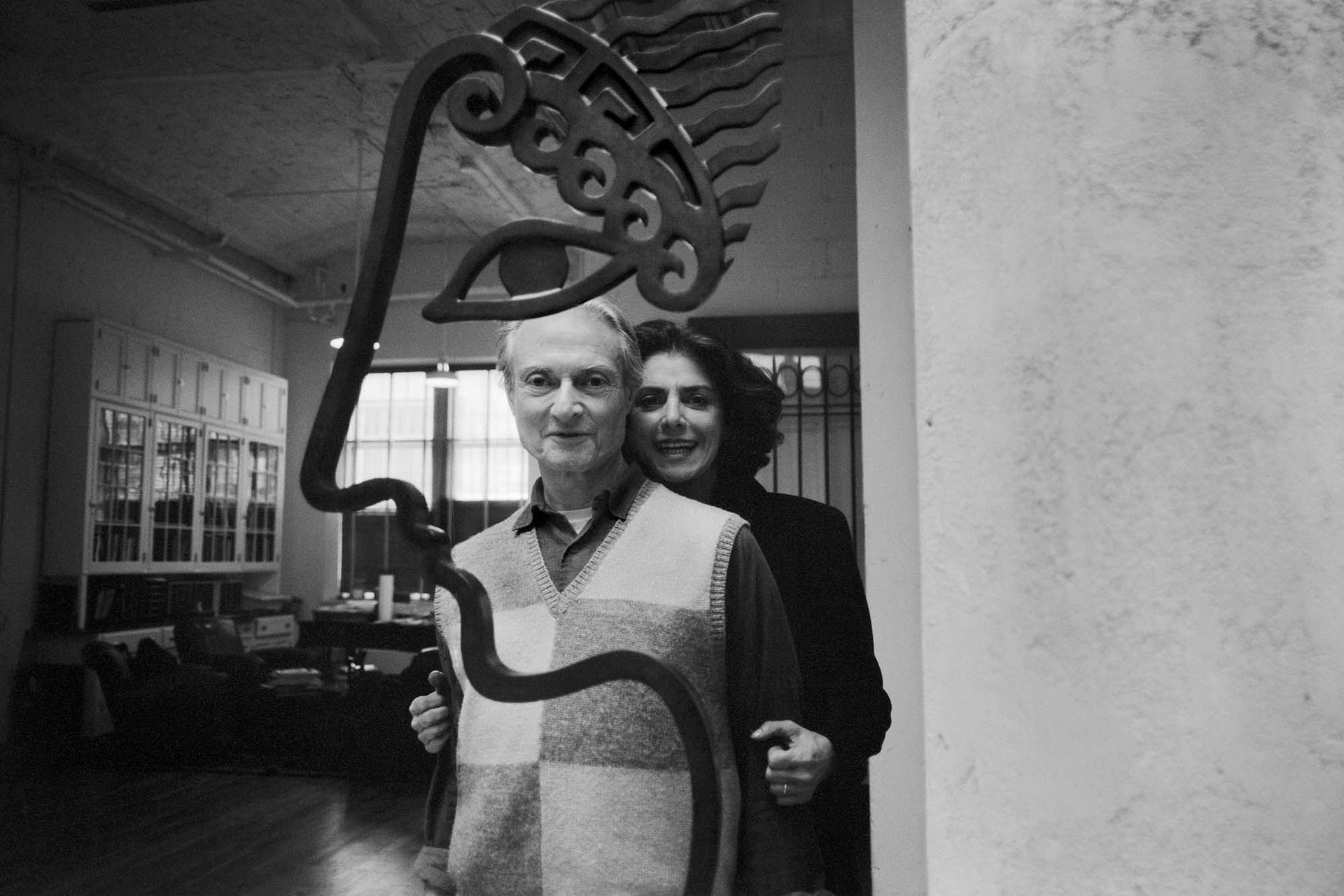
Roy and Dorothy Lichtenstein in Lichtenstein’s Washington Street studio around 1992 Artwork © Estate of Roy Lichtenstein, courtesy the Roy Lichtenstein Foundation Archives. Photograph © Christine de Grancy
Located just a few blocks south of the Whitney at 741/745 Washington Street, Lichtenstein’s studio building dates from 1912, when it was constructed as a metalworking shop. The artist bought it in 1987 and the following year, after renovations, began using it as his home and studio. The Whitney has selected Los Angeles-based architecture firm Johnston Marklee—whose museum projects include the Menil Drawing Institute at the Menil Collection in Houston, completed in 2018, and the renovation of the Museum of Contemporary Art in Chicago, which was inaugurated in 2017—to convert the space for the ISP’s use.
The real estate donation marks the latest chapter in a long history of exchange between Lichtenstein, his family, foundation and estate, and the Whitney, which stretches back to 1965, when the artist was featured in the Whitney’s Annual Exhibition (the precursor to its marquee biennial show). Most recently, in 2018, the museum and foundation partnered to create the Roy Lichtenstein Study Collection, supporting the exhibition, study and conservation of his work. The foundation has also donated upwards of 400 examples of Lichtenstein’s work to the museum, spanning paintings and sculptures to prints, photographs and research materials, and a trove of more than 500 photographs by Harry Shunk and Janos Kender documenting artistic happenings on Pier 18, one of the Manhattan piers that fell into disuse in the latter half of the 20th century and became a haven for ephemeral interventions and performances by artists such as Gordon Matta-Clark, Robert Morris, Richard Serra and Lawrence Weiner.
In a Museum of Modern Art (MoMA) oral history interview with philanthropist Agnes Gund (who, years later, would launch her nonprofit, the Art for Justice Fund, with the sale of a Lichtenstein painting for $150m) conducted the year after the artist’s death, Dorothy Lichtenstein recalled some of the quirks of his way of working in the studio. “He would always have a mirror that he could roll around the studio so that he could look at the work and see it in another way,” she said. “And he had built these rotating easels so that he could work on the painting without thinking about the subject matter, essentially, but would try to paint it so that it would work in an abstract sense.”


